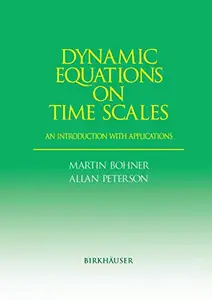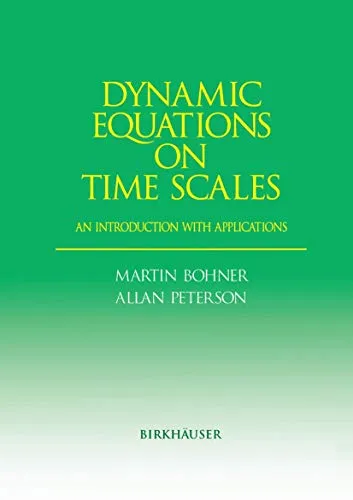Dynamic Equations on Time Scales: An Introduction with Applications by Martin Bohner , Allan Peterson
English | PDF (True) | 2001 | 365 Pages | ISBN : 0817642250 | 22.9 MB
On becoming familiar with difference equations and their close re lation to differential equations, I was in hopes that the theory of difference equations could be brought completely abreast with that for ordinary differential equations. [HUGH L. TURRITTIN, My Mathematical Expectations, Springer Lecture Notes 312 (page 10), 1973] A major task of mathematics today is to harmonize the continuous and the discrete, to include them in one comprehensive mathematics, and to eliminate obscurity from both. [E. T. BELL, Men of Mathematics, Simon and Schuster, New York (page 13/14), 1937] The theory of time scales, which has recently received a lot of attention, was introduced by Stefan Hilger in his PhD thesis [159] in 1988 (supervised by Bernd Aulbach) in order to unify continuous and discrete analysis. This book is an intro duction to the study of dynamic equations on time scales. Many results concerning differential equations carryover quite easily to corresponding results for difference equations, while other results seem to be completely different in nature from their continuous counterparts. The study of dynamic equations on time scales reveals such discrepancies, and helps avoid proving results twice, once for differential equa tions and once for difference equations. The general idea is to prove a result for a dynamic equation where the domain of the unknown function is a so-called time scale, which is an arbitrary nonempty closed subset of the reals.
Thanks For Buying/Renewing Premium From My Blog Links To Support
Without You And Your Support We Can't Continue
Without You And Your Support We Can't Continue



